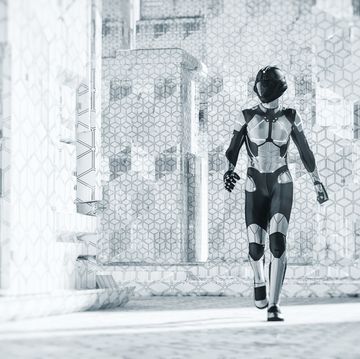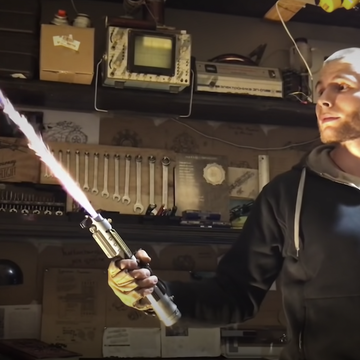15 Patents That Changed the World
The drone. The iPhone. Bluetooth. GPS. Before they changed the world, these technologies were schematics on paper. Here is where the future began.
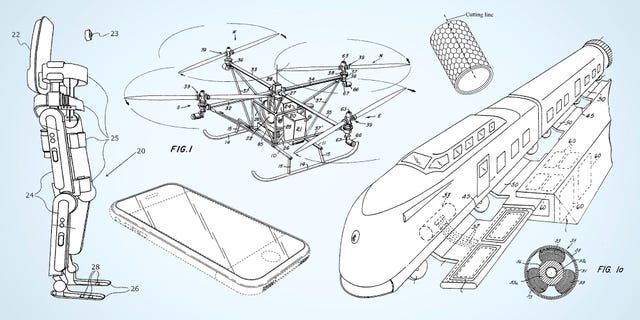
Forget the image of the lonely inventor tinkering away in a workshop. Today, it’s more common that numerous technologies developed by a variety of inventors suddenly come together to form a cohesive whole, such as the iPhone or the self-driving car. Other inventions, such as the quadcopter drone and 3D printer, were designed decades before the surrounding technology suddenly transformed the core device into a worldwide phenomenon.
🚀 You love transformational tech. So do we. Let’s nerd out over it together.
Innovation may be different today, but it is alive and well. Here are 15 patents that shaped the modern world.
More From Popular Mechanics:
Magnetic Levitation (Maglev)
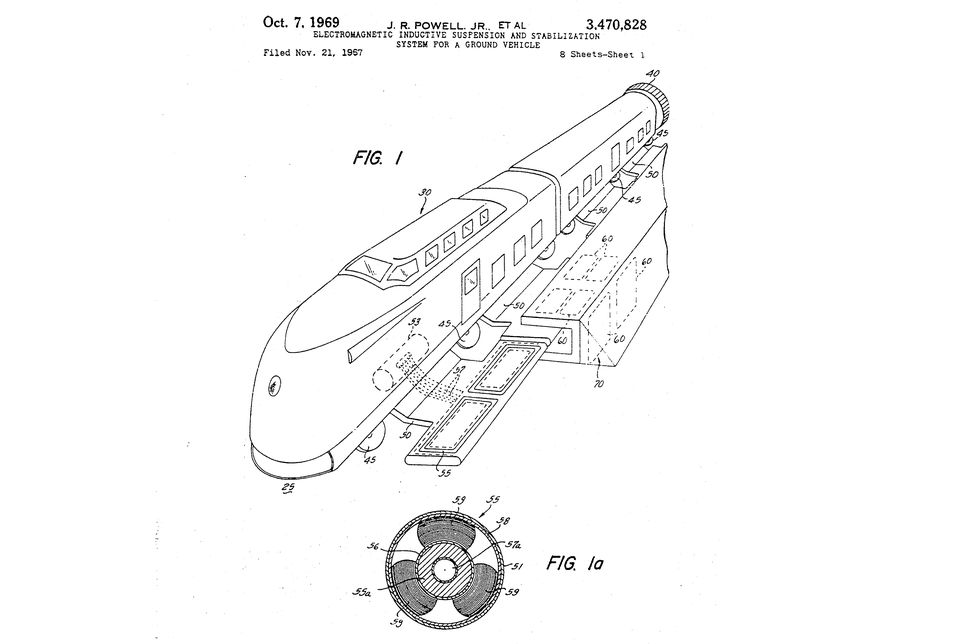
Patent Name: “Electromagnetic inductive suspension and stabilization system for a ground vehicle”
The story of the maglev train begins with Eric Laithwaite and his work on full-size linear induction motors. The inventor realized a linear motor, which does not require contact with a railroad track, could be used to develop a transportation system based on magnetic fields. Laithwaite tested linear induction motors that could use magnets to achieve both lift and forward thrust.
Laithwaite’s work was widely studied, and in 1967, James Powell and Gordon Danby of the Brookhaven National Laboratory received the first patent for a maglev train. Their design was intended to use superconducting electromagnets to generate “a suspension force, for floating the train above the ground,” and it was to use a “propellor, jet, [or] rocket” to achieve thrust.
When Laithwaite’s work on linear induction motors was married to Powell and Danby’s design for a floating train, the first commercial maglev trains were born. A maglev shuttle was opened in the United Kingdom in 1995, and the Germans built and tested a number of prototypes resulting in the Transrapid. A German-developed Transrapid in Shanghai is the fastest commercial train in service with a top operating speed of 270 miles per hour, while a L0-series maglev train prototype in Japan set the speed record for a train at 375 miles per hour.
In the future, hyperloop systems could use similar technology to float and accelerate passenger pods in a vacuum-sealed tube, potentially hitting speeds as high as 750 miles per hour.
🚆 Choo Choo! This 34,000-Ton ‘Infinity Train’ Will Recharge Itself ... With Gravity
iPhone
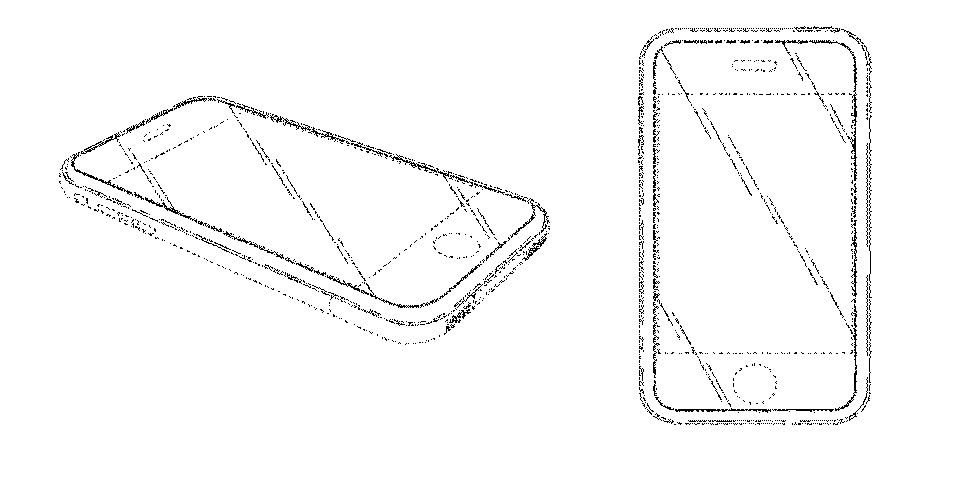
Patent Name: “Electronic device”
The patent for the signature device of the 21st century tells you almost nothing about it. In its entirety, Apple’s patent for the original iPhone, listed simply as an “electronic device,” says only that it is an “ornamental design of an electronic device, as shown and described.” The document then labels eight figures of the “electronic device,” telling you only which direction it is shown from, and then cites other relevant patents and documentation.
Although the iPhone was not the first smartphone or the first phone to connect to the internet, the basic design has successfully transformed the look and function of a device that many people use everyday. More a handheld computer than a telephone, the iPhone and subsequent improvements on the “electronic device” have come to influence how humans communicate, navigate, and even think.
Motorized Exoskeleton
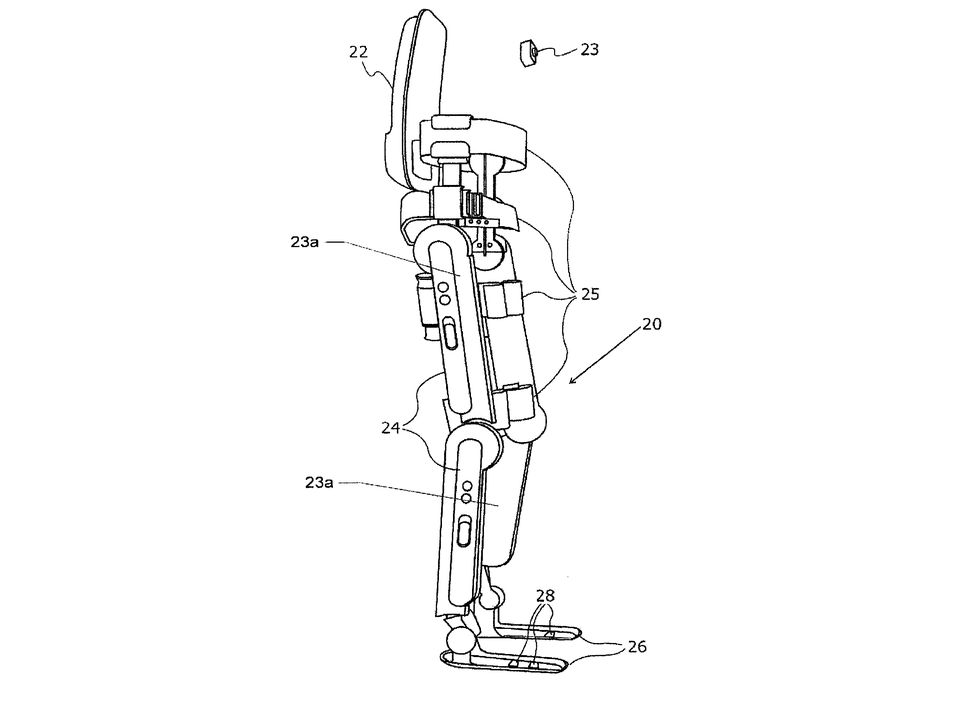
Patent Name: “Locomotion assisting device and method”
Exoskeletons have a long history, dating back to the “apparatus for facilitating walking” invented by Nicholas Yagin in 1890. The unpowered exoskeleton used compressed gas to store energy and help with movement.
In the 1960s, the U.S. military launched a powered exoskeleton project called Hardiman, developed by General Electric. The large mechanical suit was designed to amplify the strength of a soldier so he or she could lift 1,500 pounds, but the exoskeleton suffered from violent and uncontrolled movements when at full power and was never tested with a human inside.
The technology continued to improve, and a variety of companies have invested in exoskeletons designed to help people with varying levels of paralysis or to assist workers on the job site. ReWalk, which holds this 2014 patent for a powered exoskeleton, builds an exoskeleton used in rehab centers that allows people with lower paralysis to learn to sit, stand, walk, and even climb stairs.
Additional designs are in the works at MIT and the European Space Agency. Future construction workers, soldiers, and even astronauts could make use of exoskeleton suits.
🤖 Way Cool: At the Bionic Olympics, Engineers and Athletes Make Miracles
Quadcopter Drone
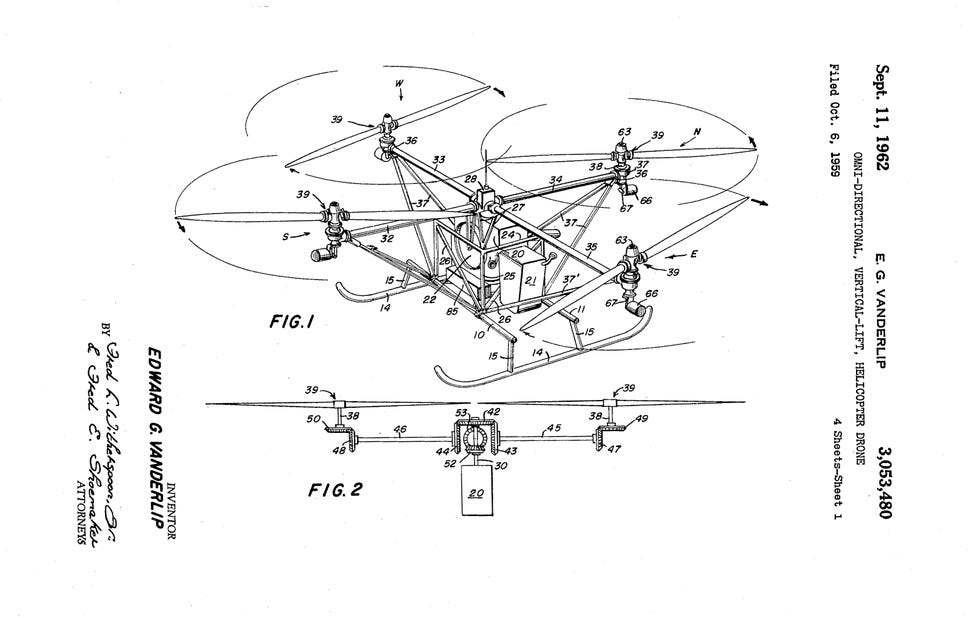
Patent Name: “Omni-directional, vertical-lift, helicopter drone”
The quadcopter drone, found today buzzing over parks and bothering airplanes, was first patented back in 1962. Edward G. Vanderlip, an engineer for Piasecki Aircraft Corporation, first designed a way to allow a helicopter’s instruments to continue functioning in the event of a power failure.
Vanderlip then had the idea to incorporate pilot-friendly flight systems into a small, remotely-operated rotary aircraft. His patent for an “omni-directional, vertical-lift, helicopter drone” outlines a UAV designed to be “extremely simple” to fly. The drone design has “four lift rotors arranged in pairs at opposite ends” so that the vertical axis of tilt is always perpendicular to the ground. This allows the aircraft to tilt its rotors and fly in any direction while maintaining a level platform.
As soon as flight controls and other electronic systems, such as cameras and GPS navigation, caught up with Vanderlip’s idea, the quadcopter drone took to the skies in swarms.
✈︎ Badass Aircraft: Meet ‘Ghost Bat,’ Boeing’s New Fighter-Like Drone
3D Printer

Patent Name: “Apparatus for production of three-dimensional objects by stereolithography”
Issued in 1986, the patent for a 3D-printer was ahead of its time. The document outlines the basic technology used by most 3D printers: stereolithography, or light-solidification of resin. A moving platform takes inputs from a computer and positions the base under a nozzle. Liquid resin from the nozzle forms the object, layer by layer, which is solidified by UV light.
As computing technology advanced, the true value of 3D printing became apparent. With metal-printing methods such as laser metal sintering, manufacturers are now 3D-printing ambitious constructions such as bridges and rocket engines.
➡️ Dive Deeper: How This Odd-Looking 3D Printer Changed Everything
Bionic Eye

Patent Name: “Retinal prosthesis and method of manufacturing a retinal prosthesis”
The first attempt to restore sight to the blind was in 1968, when doctors G. S. Brindley and W. S. Lewin surgically implanted a device in a 52-year-old patient. The electronic device was not implanted in the patient’s eye, but rather on the optical lobe of his brain. By stimulating the neurons of the brain, the doctors caused the patient to see spots of light in half his field of vision.
Today, with much smaller electronics, sight-restoring devices can be implanted directly into the retina, as described in this 2013 patent. A camera, often mounted on sunglasses, has been used to take in data about the surrounding area and send a signal to the retinal implant, which then stimulates photoreceptors in the eye. Completely blind patients have been able to use the technology to restore partial sight, including the ability to see shapes and light. As electrodes continue to shrink, allowing more specific photoreceptors to be stimulated, the technology is only set to get better.
👁 PLUS: Everything You See Is From 15 Seconds in the Past, New Research Claims
Global Positioning System
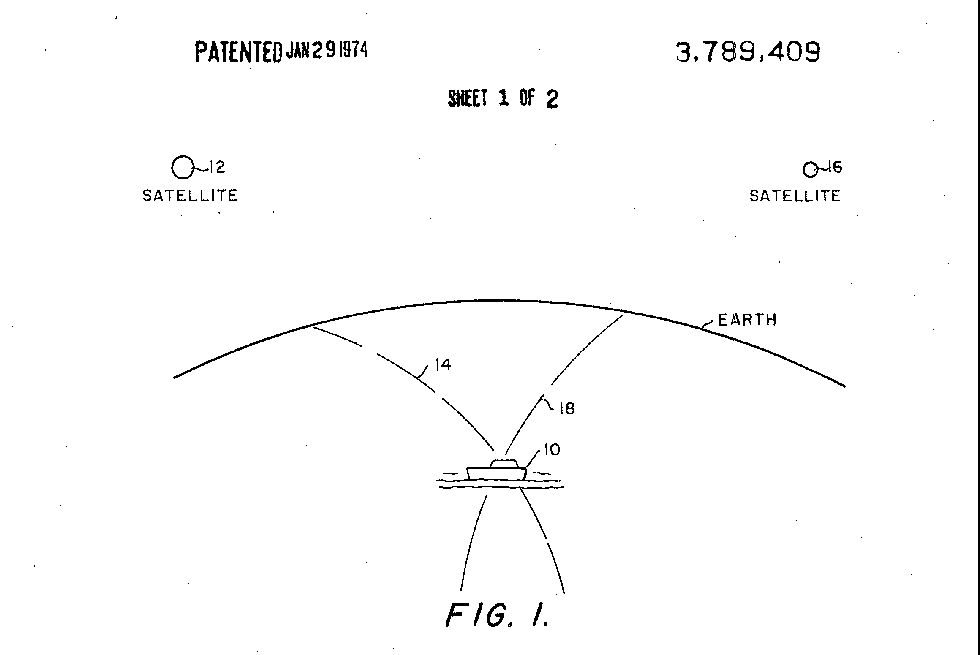
Patent Name: “Navigation system using satellites and passive ranging techniques”
The Navy invented GPS satellites, and today, the Air Force operates them. Roger L. Easton was the mastermind behind the Global Positioning System, as he developed technologies in the 1950s for the Naval Research Laboratory (NRL) to track U.S. satellites in orbit—and then Soviet satellites, too. In 1959, Easton developed the Naval Space Surveillance system—the first radar network to track every single object orbiting over the United States.
In the following decades, Easton turned his technology around, tracking objects on the ground from space. This 1974 patent awarded to him describes methods to enable navigation with satellites. High-precision clocks launched on missions like TIMATION I and II refined the technology and corrected for errors caused by special relativity. The first GPS data was transmitted by the Navigation Technology Satellite 2 in 1977.
The technology remained within the military for years, and the United States used GPS satellites to navigate the deserts of Kuwait and Iraq during the first Gulf War, sometimes called “the first space war.” GPS became fully operational with 24 satellites in 1995, and today, Google Maps is virtually never out of reach.
CRISPR Gene Editing
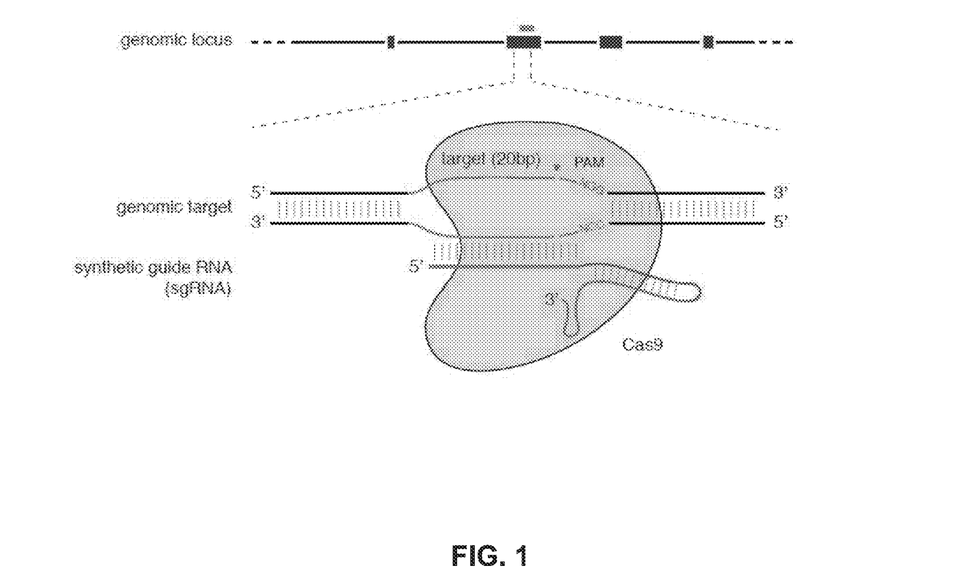
Patent Name: “CRISPR-Cas systems and methods for altering expression of gene products”
CRISPR-Cas9 is a gene editing tool developed at the University of California, Berkeley, to modify single-celled organisms. The technology was then improved at the Broad Institute, a nonprofit partnered with Harvard and MIT, to work on multi-celled organisms, as outlined in this 2014 patent. Today, CRISPR is used to modify crops and livestock, as well as to treat human patients with ailments such as leukemia.
The CRISPR-Cas9 tool works in three parts: an RNA strand that locates the correct section of an organism’s DNA, the Cas9 enzyme that cuts out that segment of DNA, and an optional DNA strand to replace the deleted section.
CRISPR can be injected into embryos or introduced to cells such as immune system cells and then injected into a patient. The possibilities for genetic engineering are just starting to take form, with new drugs and treatments for a variety of diseases on the horizon.
🧬 Learn More: How Real Is Genetic Engineering in Sci-Fi?
Brain Implant

Patent Name: “Three-dimensional electrode device”
In the late 1800s, doctors realized electrical stimulation of the brain could cause physical movement in humans and animals. In the 20th century, experiments involving brain stimulation successfully changed a patient’s mood and behavior.
This 1993 patent from the University of Utah outlines the so-called “Utah Array,” described in a later patent as an “implantable, integrated apparatus that contacts the brain with a plurality of metal needles to detect electrical signals or to transmit signals to the brain.”
Since then, brain implants have advanced to the point where patients can move robotic prosthetics or type out text on a computer with their thoughts. In the future, technologies like neural lace that cover a large number of neurons could be used to allow humans to interface with computers using their minds.
🧠 The Future Is Here: For His Next Trick, Elon Musk Will Stream Music Straight to Your Brain
Graphene
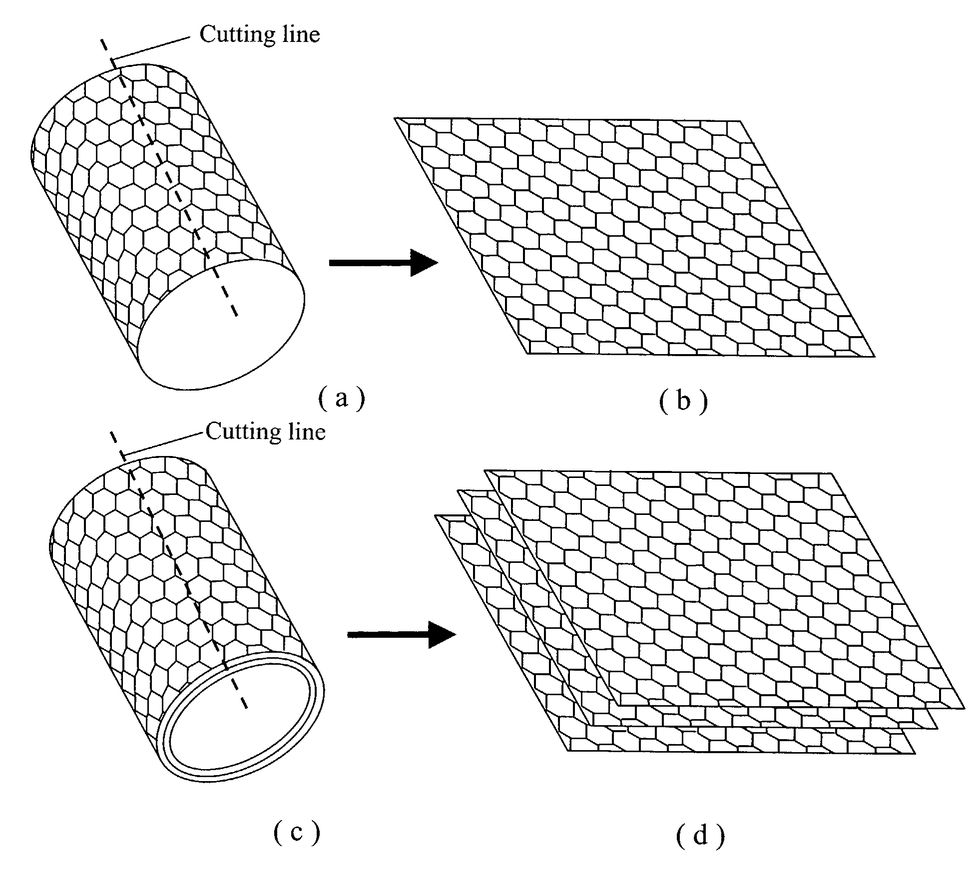
Patent Name: “Nano-scaled graphene plates”
We may be entering the Graphene Age. The composite material, made of a single layer of carbon molecules arranged in a honeycomb structure, is incredibly lightweight, about 200 times stronger than similar layers of steel, and has high heat resistance and efficient electrical conductivity. These properties make graphene and similar carbon composites ideally suited for computer chips, airliner wings, and a litany of other uses.
Graphene is made from chunks of graphite, similar to what you find in a pencil. However, isolating a single layer of carbon molecules, just one atom thick, is incredibly challenging. It wasn’t until 2004 that Andre Geim and Konstantin Novoselov at the University of Manchester extracted single-layer, atom-thick crystals of graphene using an adhesive tape, known as the “Scotch tape method.” The work earned them the 2010 Nobel Prize in Physics “for groundbreaking experiments regarding the two-dimensional material graphene.” New and innovative ways to extract the material followed, such as this 2006 patent for creating graphene using an “exfoliating” technique.
🗑 For Our Next Trick: How to Turn Garbage Into Graphene
Bluetooth
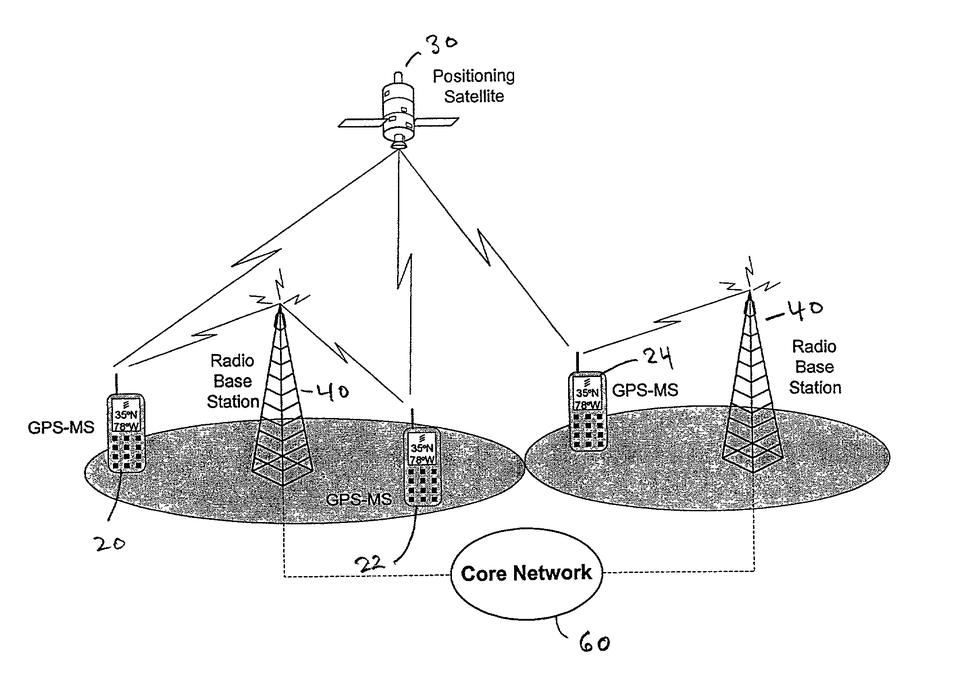
Patent Name: “Peer to peer information exchange for mobile communications devices”
Jaap Haartsen invented Bluetooth in 1994, allowing electronic devices in close proximity to connect to each other using low-power, ultra high-frequency radio waves. Haartsen has drafted multiple patents relating to Bluetooth, but they have been stymied by lawsuits and patent trolls. This 2013 patent describes how the technology can be used to transmit GPS data.
The system uses small computer chips implanted in devices that serve as mini radios and run the software needed to connect to each other. The devices “pair” over a short-range network known as a piconet. The technology is used in almost every handheld device today, including headphones, cameras, and smart thermostats.
🛠 DIY It! How to Make a Bluetooth Speaker Out of Just About Anything
Self-Driving Car

Patent Name: “Vision system for an autonomous vehicle”
The history of driverless automobiles dates back almost 100 years. In 1925, Houdina Radio Control navigated a driverless 1926 Chandler down traffic-filled Manhattan by operating it with radio signals from a car following behind. Seventy years later, Carnegie Mellon University’s Navlab project “No Hands Across America” drove 3,100 miles across the country in a semi-autonomous car that did all the steering while the driver did the accelerating and braking.
Hundreds of patents for self-driving car technology exist, but the company that broke through the barrier was an Italian machine vision company called VisLab. In July 2013, VisLab’s car BRAiVE autonomously navigated two-way streets, crosswalks, traffic lights, roundabouts, and other obstacles in downtown Parma, Italy. The first patent the company holds for self-driving car technology is for a camera and sensor system to take in information about a vehicle’s surroundings and input commands to a computer.
Today, many large technology and auto companies are developing self-driving cars, such as Google, Amazon, and Tesla. Some predict that self-driving cars will replace both traditional public transportation and conventional cars in cities, transforming urban transportation into a network of interconnected vehicles to effectively eliminate traffic.
🚗 Beep Beep! When Are Self-Driving Cars Actually Coming?
Solar Panel

Patent Name: “Apparatus for utilizing solar radiant energy”
In the early 19th century, French physicist Edmund Becquerel discovered that certain materials generate a small electric current when exposed to light: the photovoltaic effect. In 1839, he created the first photovoltaic cell by connecting silver chloride placed in an acid solution to platinum electrodes.
About fifty years later, the first U.S. patent for a solar cell was awarded to Edward Weston. The patent describes a “thermoelectric element” with two bodies of “dissimilar metal” connected on one end and insulated everywhere else to “cause an electrical current in a circuit” when exposed to light. Weston even had the foresight to outline an energy storage system so that “energy accumulated during hours of sunshine may be utilized during night or periods of cloudy weather,” pinpointing the primary challenge of large-scale solar power operations today.
The technology in solar panels has continued to improve over the decades, and today they are made primarily of silicon. The Vanguard 1 satellite became the first spacecraft to use solar panels in 1958, popularizing the technology. Currently, the largest solar power plant in the world, India’s Kamuthi Solar Power Project, covers about 3.9 square miles and has a power capacity of almost 650 megawatts.
📸 Another Becquerel First: After 172 Years, We Now Know How the First Color Photograph Was Made
(3G) Third Generation Wireless Mobile Telecommunications
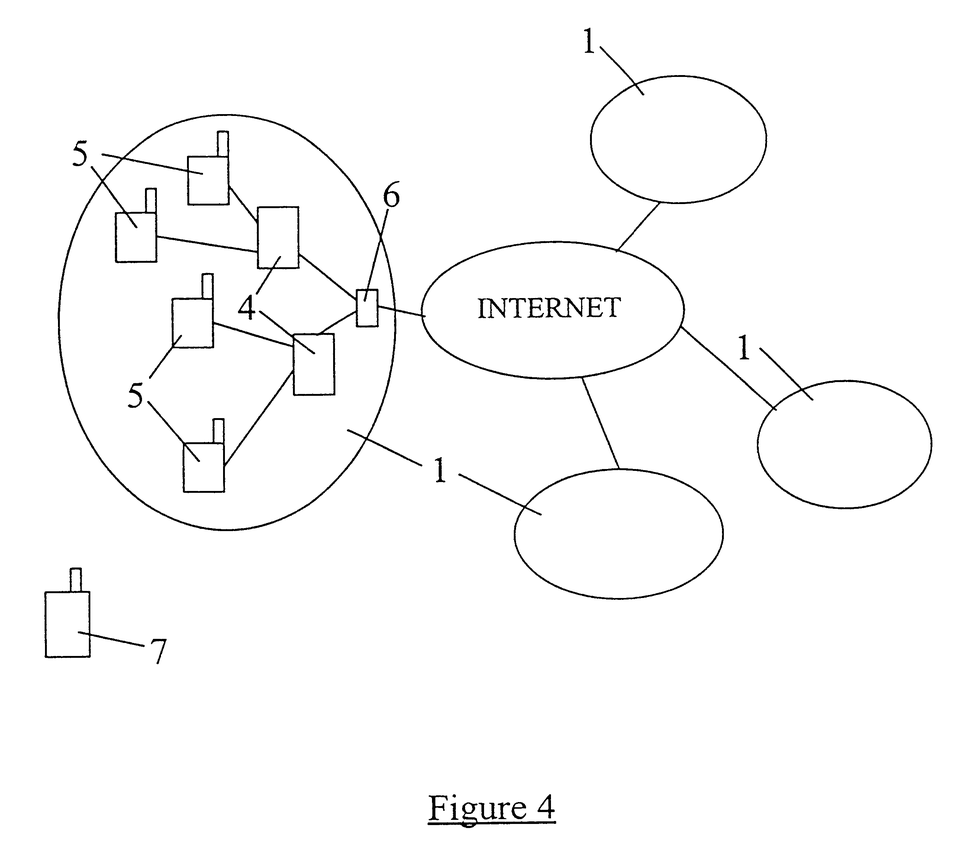
Patent Name: “Mobile internet access”
The first generation of wireless mobile telecommunications technology made analog cellular phones possible. The second supported digital cell phones. But it was 3G, starting with the Universal Mobile Telecommunications System (UMTS), that transformed the device we carry with us every day.
3G connected cell phones to GPS and the internet, as outlined in this 2003 patent. It made video calling and streaming possible on a handheld device. The improvements to the network made with 4G infrastructure a decade later have continued to transform your cell phone, turning it into a wallet, personal assistant, and entertainment device.
Virtual Reality
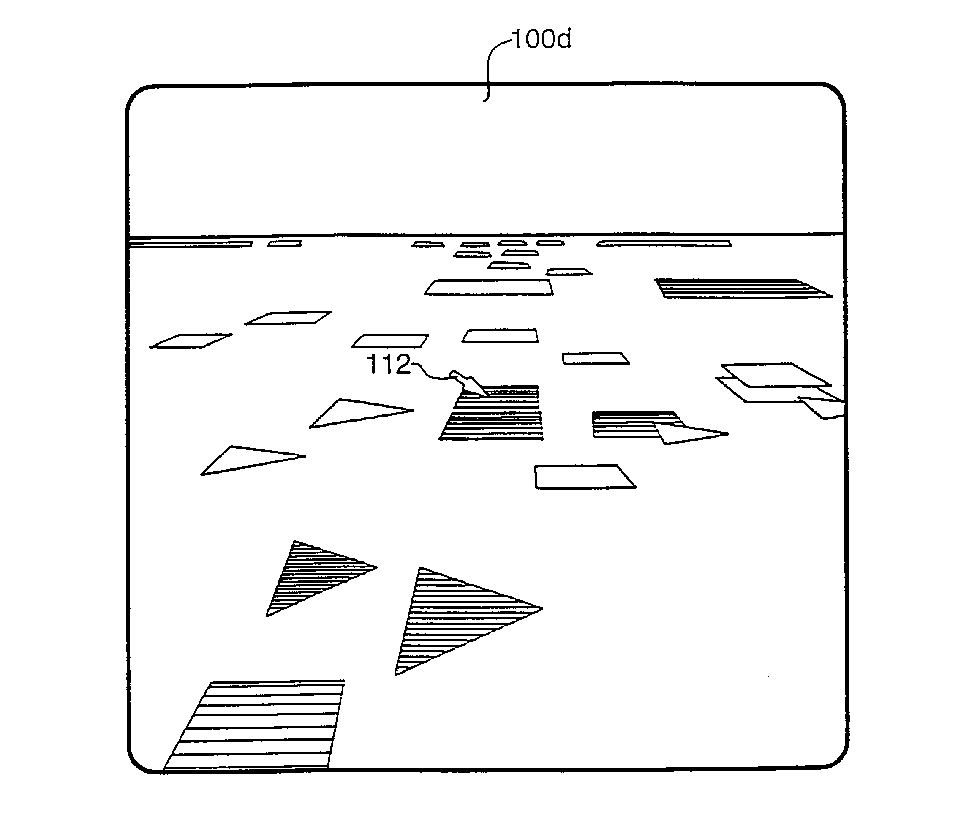
Patent Name: “Virtual reality generator for displaying abstract information”
The first proposed VR headset was designed not to play video games or watch sports, but to help users analyze financial data. The 2000 patent for a “virtual reality generator” awarded to inventor Paul Marshall describes a computer-generated world that the user could navigate through “using control devices, such as a trackball or spaceball, an electronic data glove, a magnetic head position tracker, a keyboard, a joystick or a steering wheel.”
Marshall continued to work on these technologies to create a “three-dimensional information landscape,” still aiming to help a “money manager or financial analyst” sift through data. The technology remained primarily in the world of research until Oculus Rift released their entertainment headset in 2016, and HTC Vive followed shortly after. Other virtual reality systems, such as Samsung VR and Google Cardboard, use a smartphone to display the computer world. And augmented reality (AR) such as Microsoft HoloLens could be used in the future to help everyone from construction workers to scientists by overlaying data on the real world.
👾 Play On: The 25 Best VR Games

Jay Bennett is the associate editor of PopularMechanics.com. He has also written for Smithsonian, Popular Science and Outside Magazine.
Watch Next


A New Process Could Make Computers 2x Faster

The 10 Best Christmas Lights for the Holidays

Why Time Reflections Are a ‘Holy Grail’ in Physics

Meet the Hurricane-Proof Florida Community




